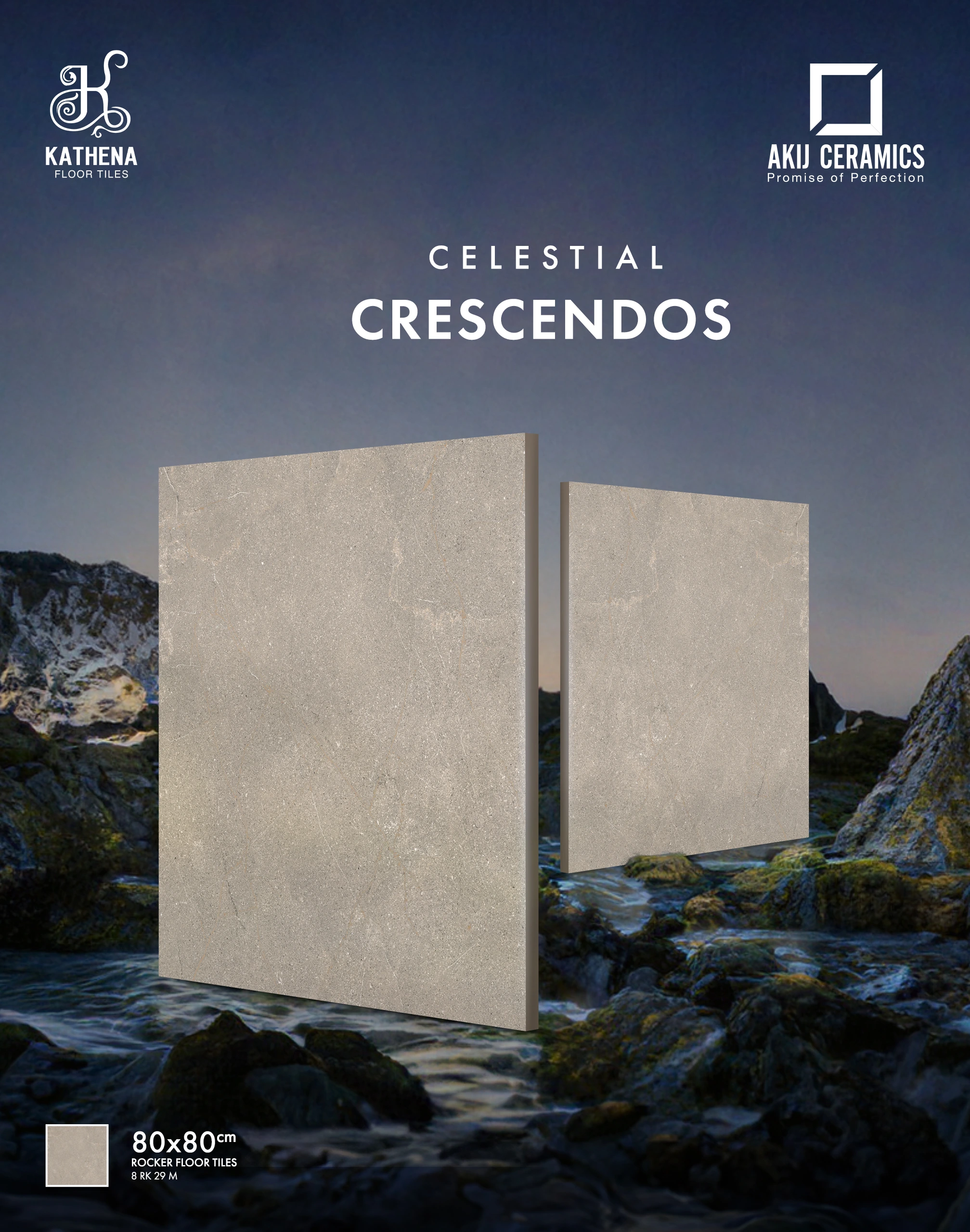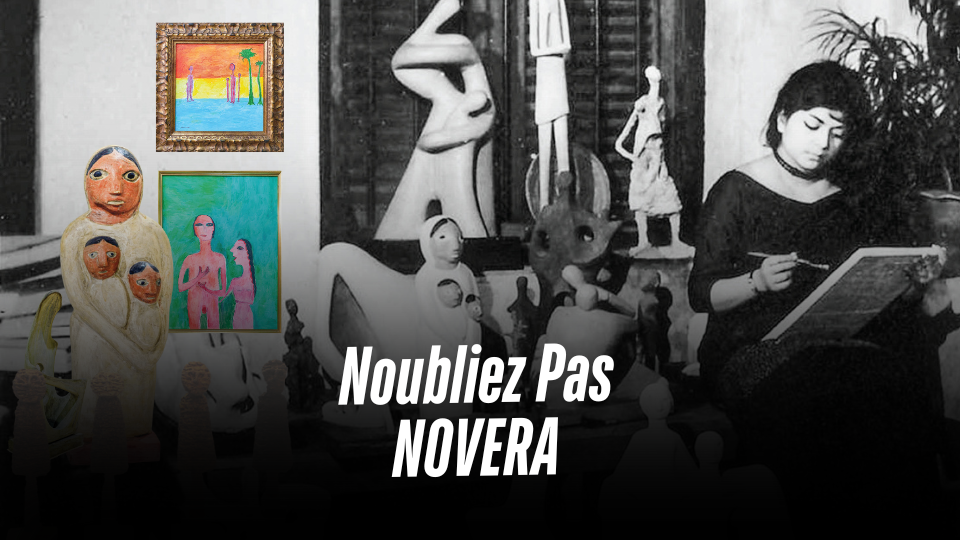
Noubliez Pas Novera
THE WAYS NOVERA PLAYED WITH FORMS AND SHAPES ON HER BEST SCULPTURES HAVE AN INEXPLICABLE AURA THAT CAPTIVATES AND TAKES YOUR SOUL TO A SPACE THAT IS SOMEWHERE BETWEEN THE VAST ABSTRACT AND YET TANGIBLE. In August of 1960, on the ground floor of the Central Public Library building of the University of Dhaka, showcasing 75 of her artworks sculpted between 1956 and 1960, Novera Ahmed had her first solo exhibition titled “Inner Gaze.” This formidable exhibition arguably sparked the genesis of modern sculpting practice in both West and East Pakistan (now present-day Bangladesh). She was the first-ever sculptor from the undivided Pakistani region. Novera Ahmed was born on March 29, 1939, in Kolkata, British India, and on the occasion of her 85th birthday, this attempt is to reminisce about one of the finest artistic personages from this part of the world. Today, Novera’s importance is cemented in the history of art in this region, and it seems that she has a newly found celebrity status, especially amongst the younger generation of art enthusiasts, but for decades and even today, to a significant extent, Novera’s public repute mostly synonymizes as enigmatic. But Novera should not be important because of her public portrayal that branched from her peers: that she was a good-looking female artist of prodigal calibre who worked and lived independently as a divorcee in a patriarchal society; the way she did her buns and draped herself in black sari and curated her look as Baishnabi wearing Rudraksha garland and tilak on her forehead; that she used to exploit her male peers; that she had a sentiment because of the way she was gazed upon and which is why she eventually left Bangladesh; the list of such narratives that circulated her is pretty long. Novera is important because of her artworks; the quality of her artworks effortlessly transcends the tags she was associated with, which boxed her only as an eccentric rebellious character, undervaluing her art. The ways Novera played with forms and shapes on her best sculptures have an inexplicable aura that captivates and takes your soul to a space that is somewhere between the vast abstract and yet tangible. Novera used to travel around and gradually minimised her activity in the local art scene. Her complete disappearance from the scene in 1970 after she permanently moved to France eventually turned her into a myth. Later, she married the love of her life Gregoire de Brouhns in 1984. Although there is no concrete evidence regarding why she left, it is speculated that the key reasons are monetary and no recognition even from her peers. Belonging to a middle-class background, she almost single-handedly established a medium that was still very new in the region so there were not many commissions for her so she could continue her practice and earn a decent living. There was also an uncanny silence from her peers, which only fueled the collective negligence towards her. Even in the artist community, she was only remembered as an amateur female sculptor. In fact, for a while, it was even established that she was dead, and it was only in late 1998 after a brochure of her 1960 exhibition was found, that it catalysed the rebirth of discussions about artist Novera Ahmed. Although Novera studied in Europe and like many other artists, had that influence on her works in her earliest years, very soon she found her style. If we examine Novera’s available discography of sculptures and paintings, it resembles the wide array of subject matters she had her interests. Notably, in artworks from her formative years, it is very evident how much she was fascistically influenced by her roots. The way she took Bengali folk elements and ethereally blended them within her modernist approach of practice shows how revolutionary she was. Novera’s idea of using cement instead of large blocks of stone or wood, as they are scarce in this region, and sculpting such smooth cement sculptures, which is very difficult to accomplish, shows both her innovativeness and technical prowess. When she started traveling to Southeast Asia, she decided to collect scrap metal from the debris of the U.S. Air Force plane used in the Vietnam War and use it as materials for her newer sculptures at the time. For a long period, little to no care was taken to preserve most of Noveraís works that are in Bangladesh. In fact, for a while, it was even established that she was dead, and it was only in late 1998 after a brochure of her 1960 exhibition was found, that catalysed the rebirth of discussions about artist Novera Ahmed. She was also highly influenced by Indigenous and Buddhist themes; in fact, she once said that the form of the concrete structures of the Shaheed Minar (which she co-designed with another notable artist, Hamidur Rahman—a topic that still has loads of debate regarding who came up with the original idea) is inspired by the idea of an ascending hand of Buddha. The long list of her oeuvres includes works like Cow With Two Figures (1958), Serpent Nommé Désire (1972), Le Djinn (1973), Le Heron (1982), Le Baron Fou (2001), etc. In her France years, even after Novera was wheelchair-bound after a life-altering car accident, she continued working with her forever devotion and love towards art, till she was bedridden due to health complications when she was older and eventually passed away on May 6, 2015. For a long period, little to no care was taken to preserve most of Novera’s works that are in Bangladesh. The whereabouts of many of her works are yet unknown, and the ones that survived did so due to her patrons and private collectors. A collection of her works and memorabilia is at the Musee Novera Ahmed at La Roche-Guyon in northern France which was set up by her dear husband. Currently, only 33 of Novera’s sculptures are in the collection of the Bangladesh National Museum, and the gorgeous frieze that she



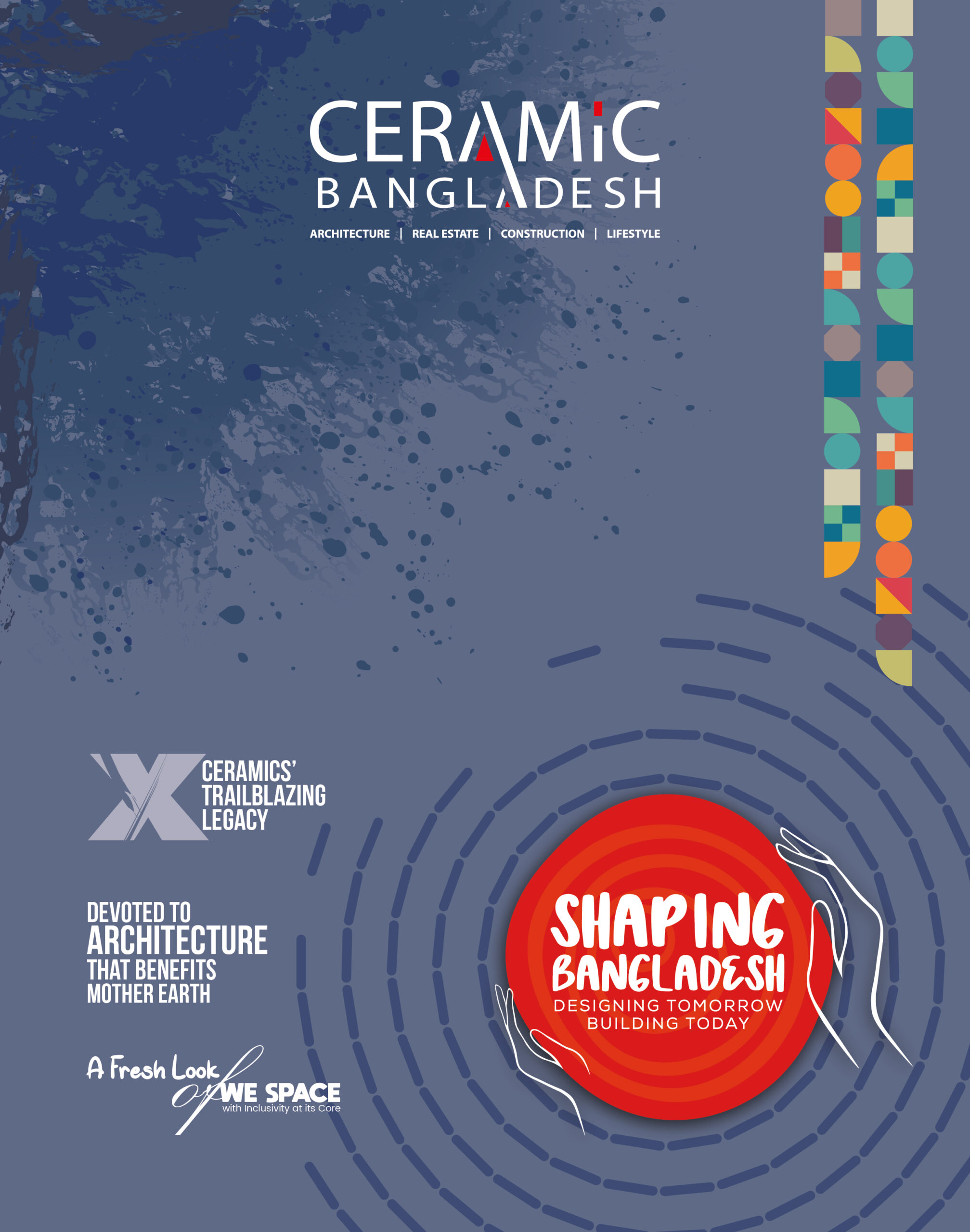
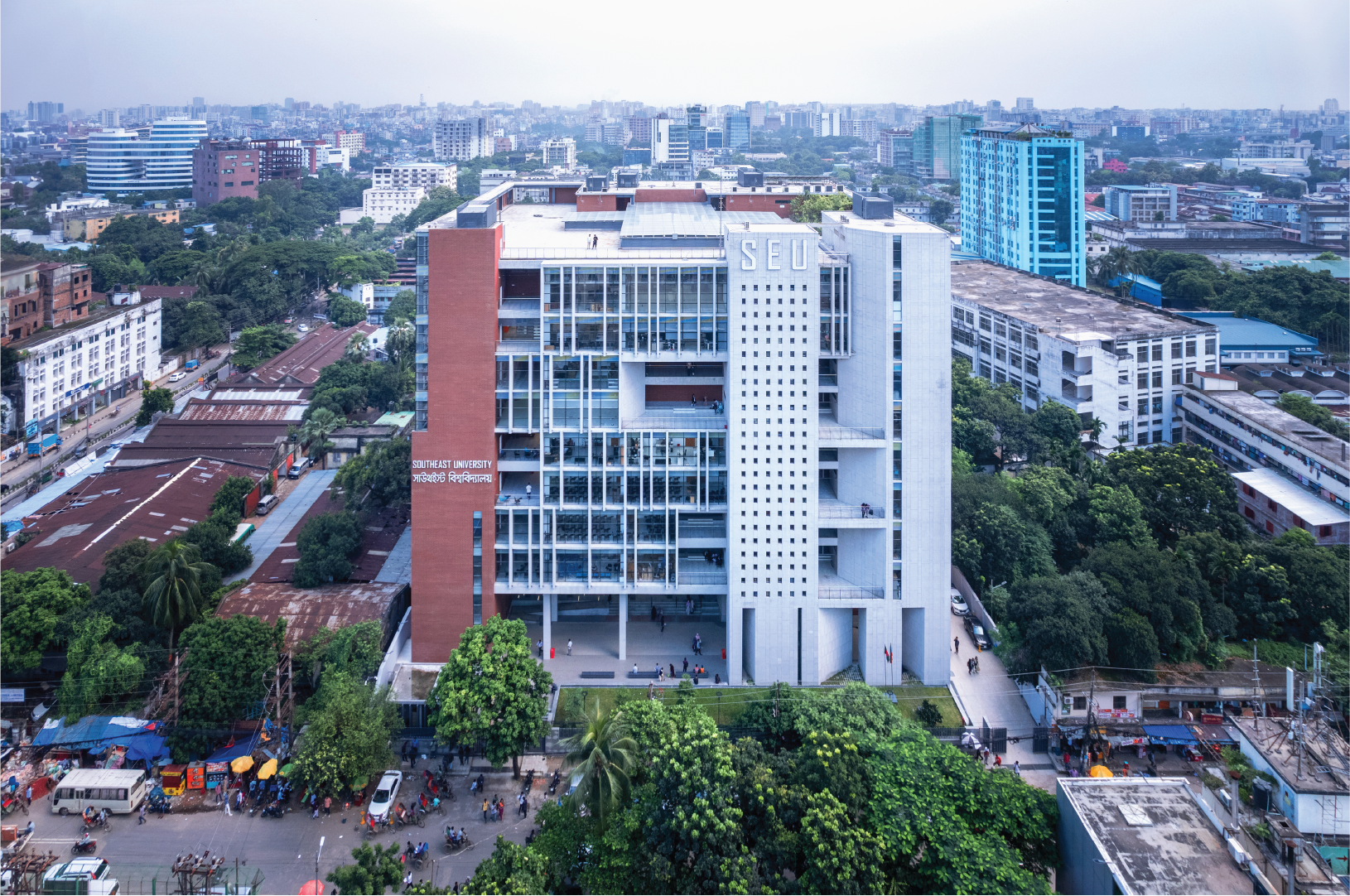
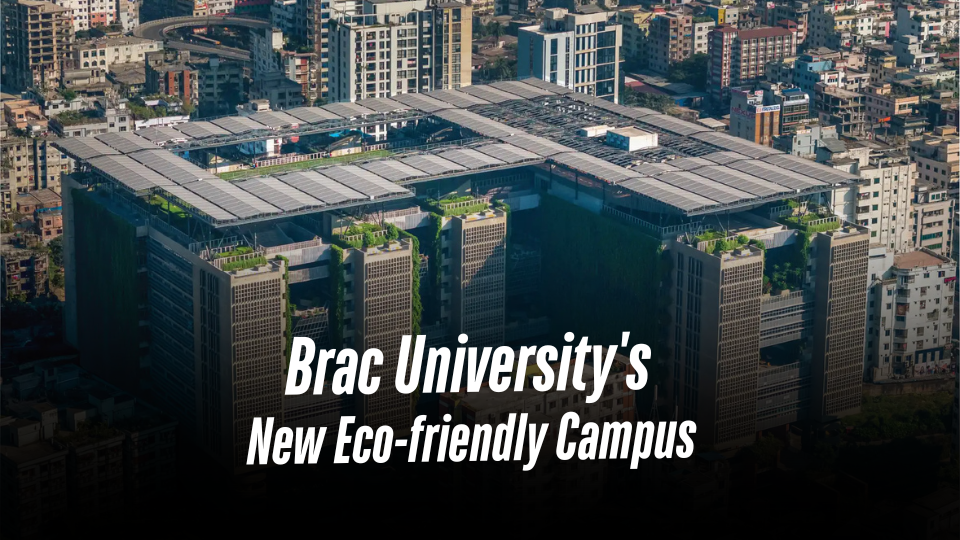

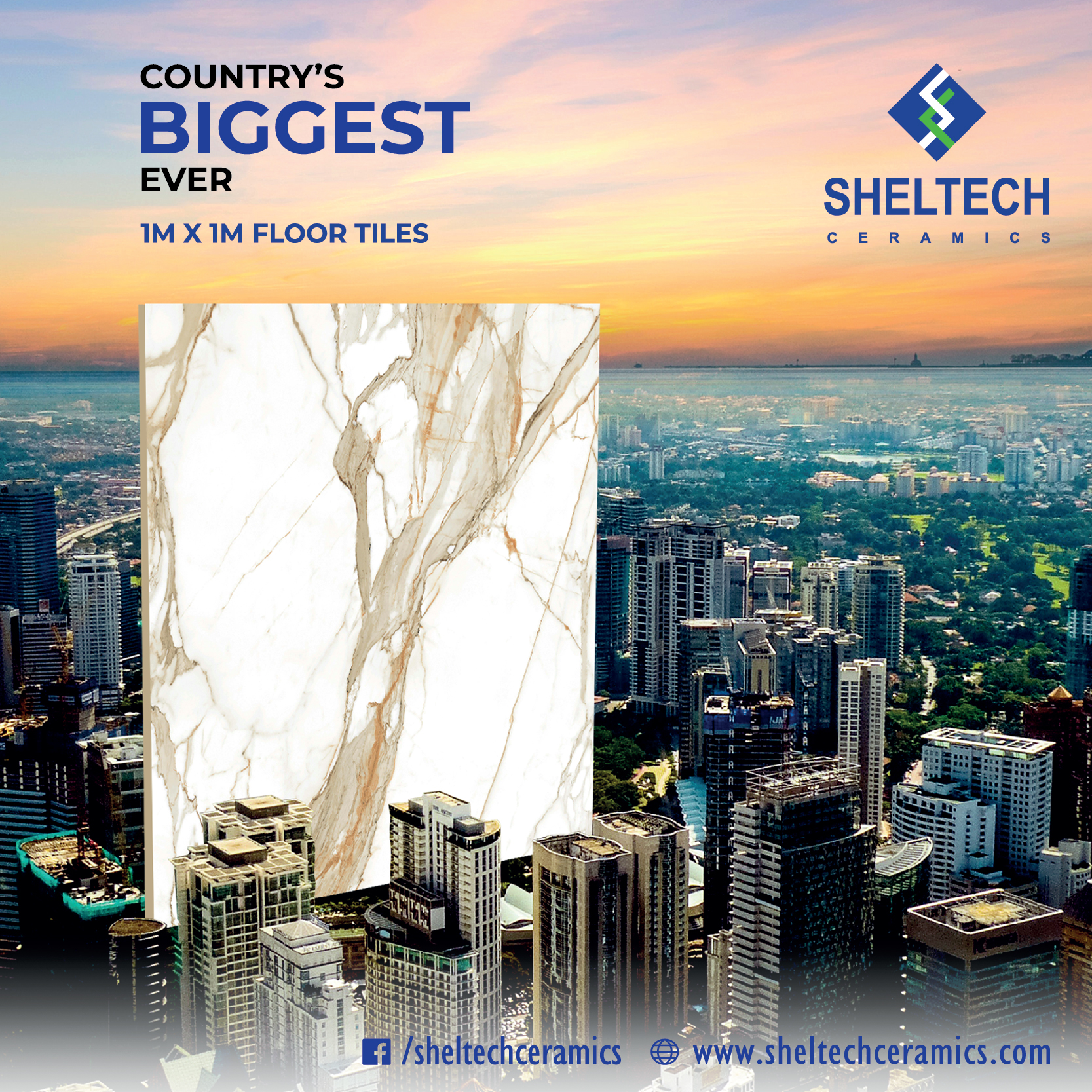

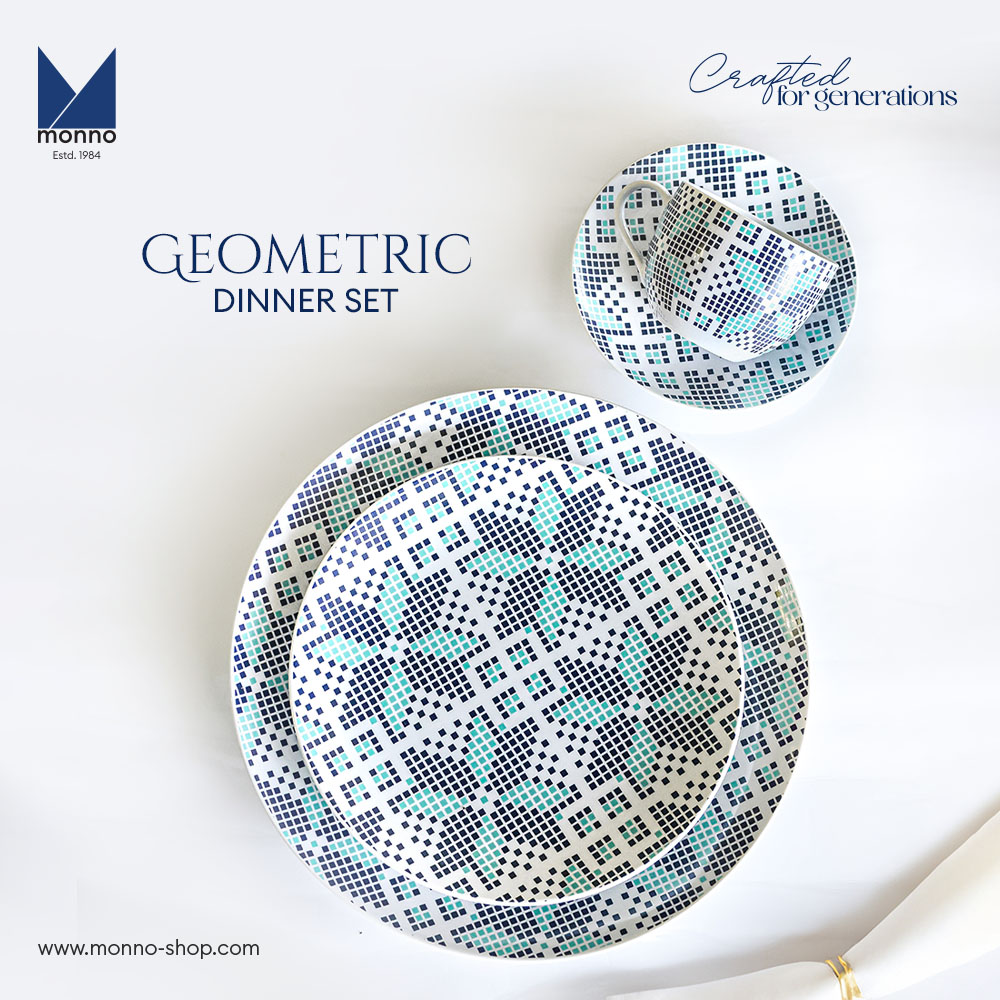
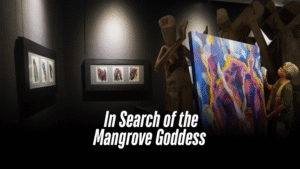
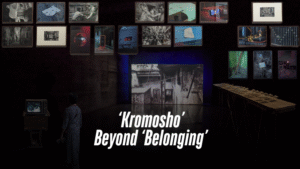
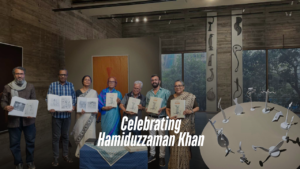
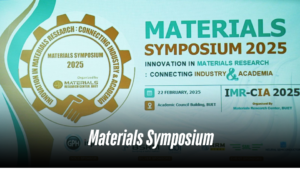






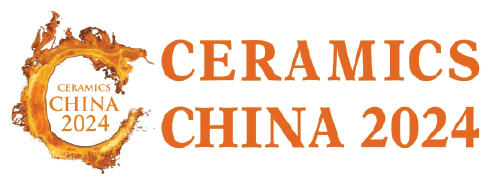





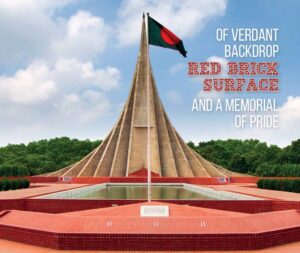
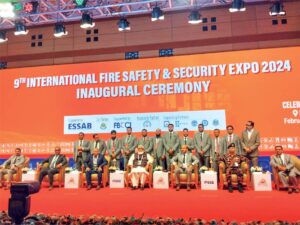





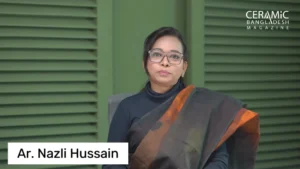
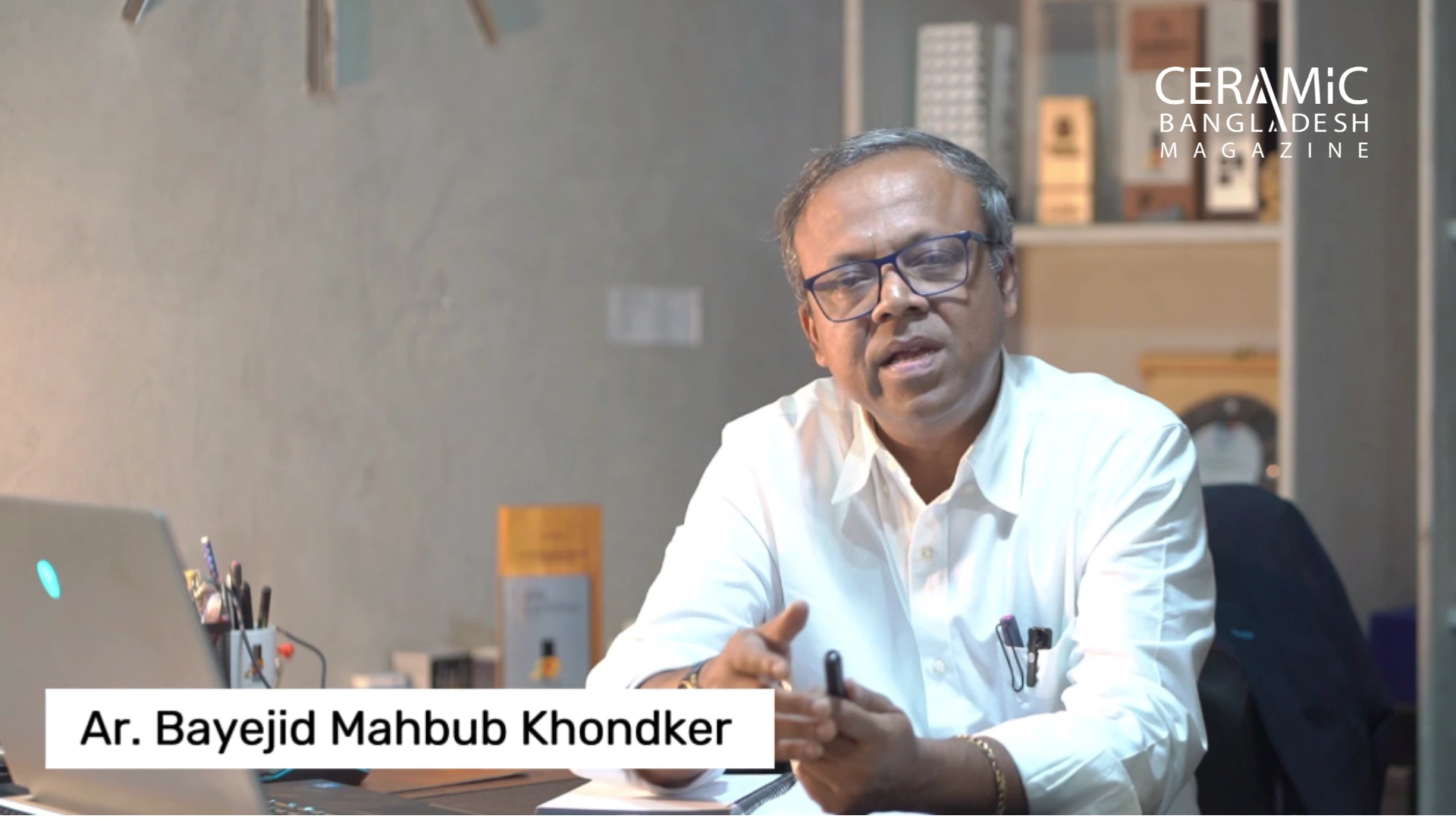
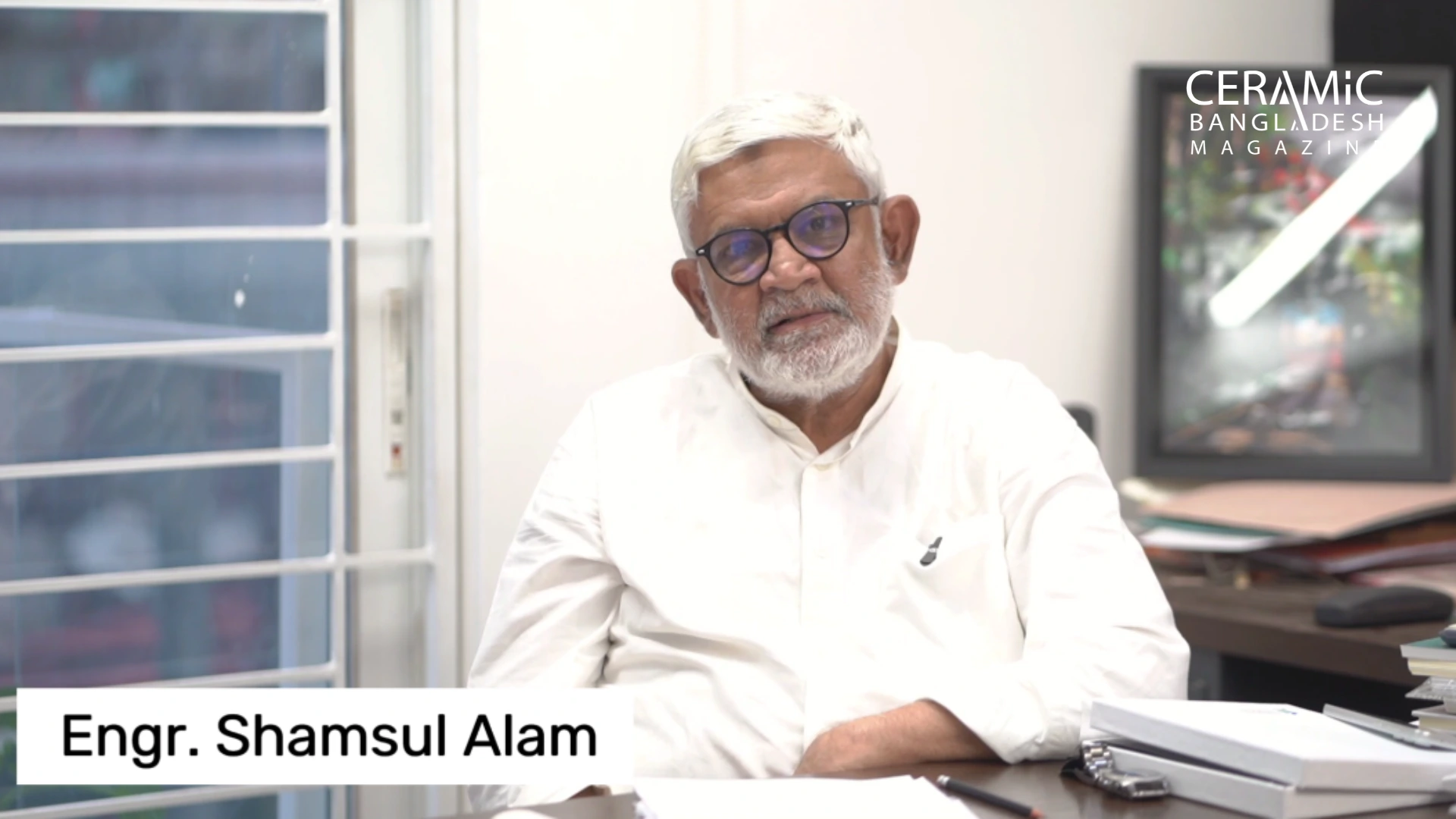





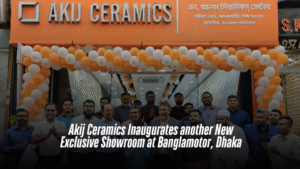
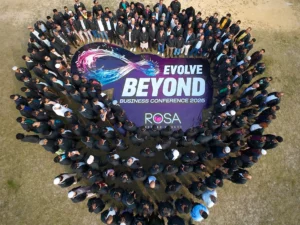
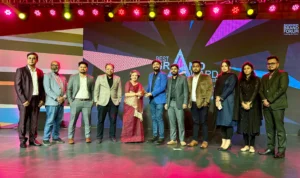
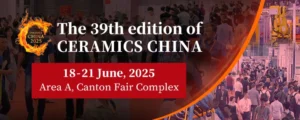
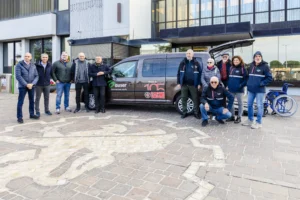
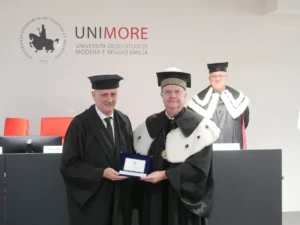

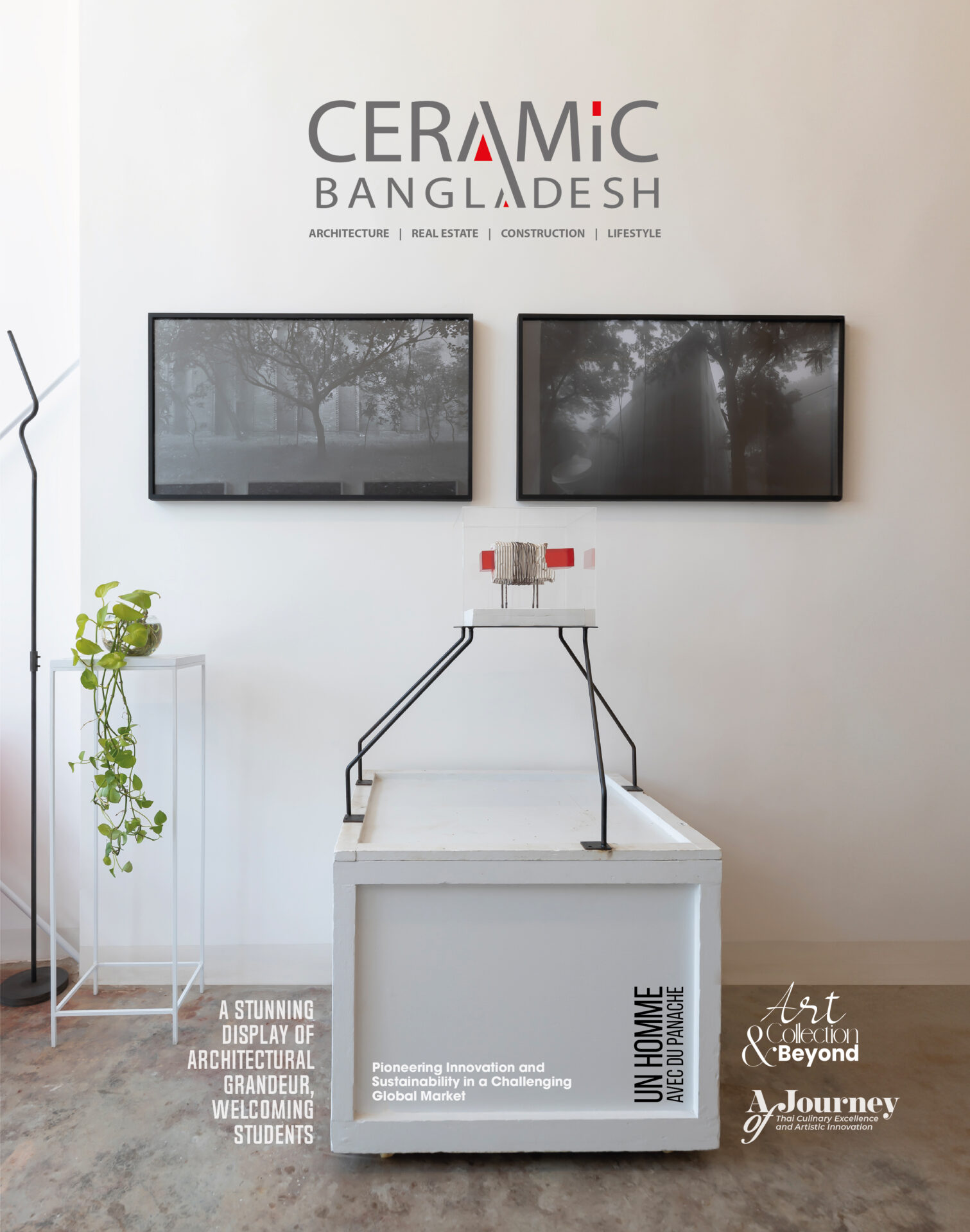
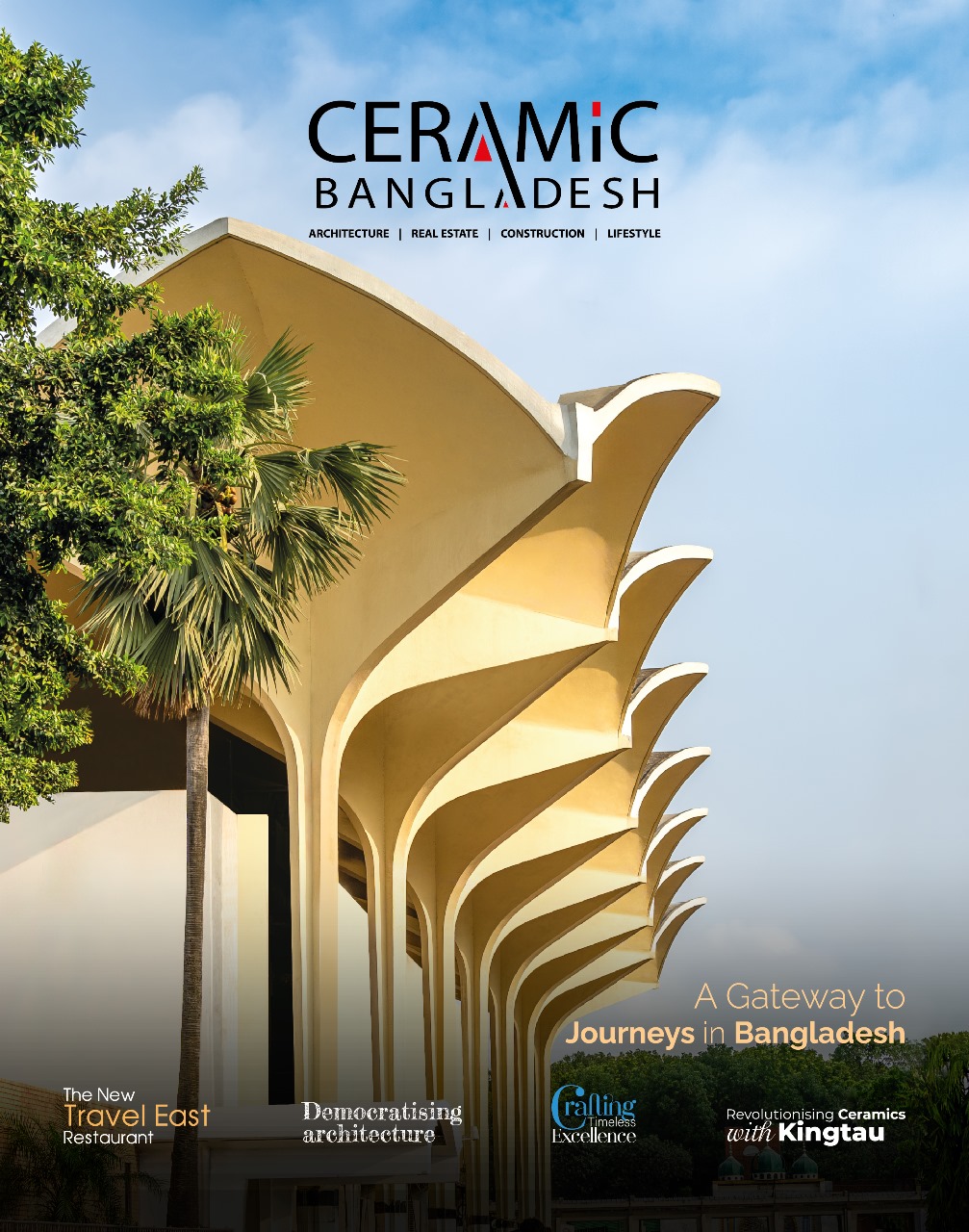










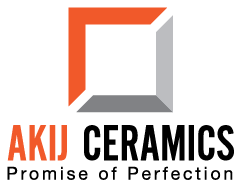










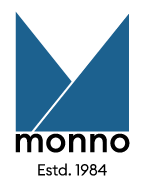







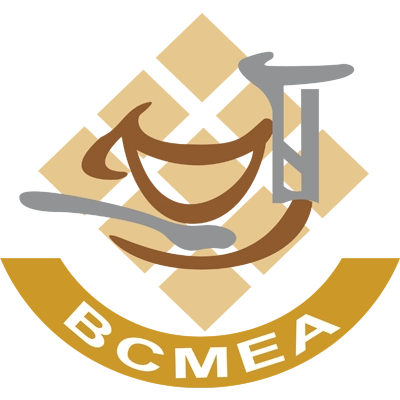
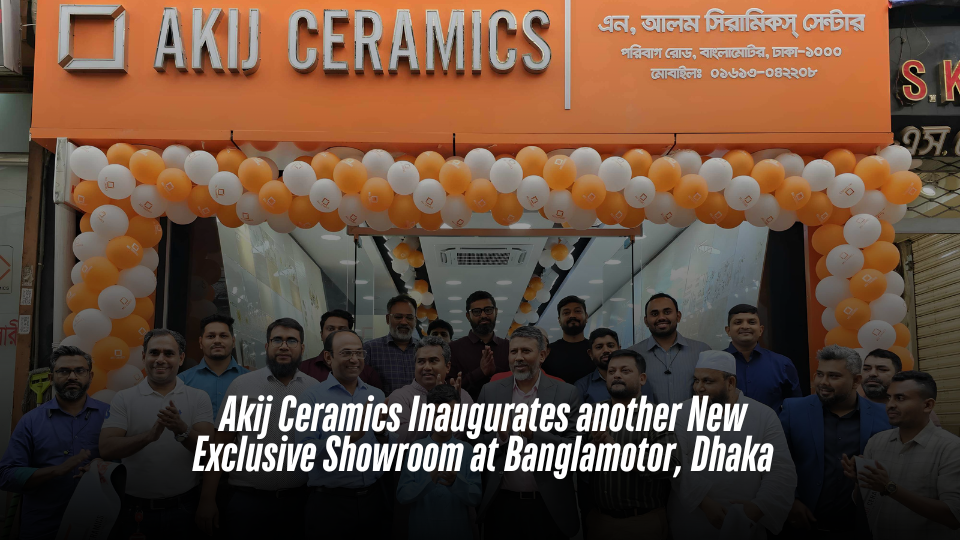


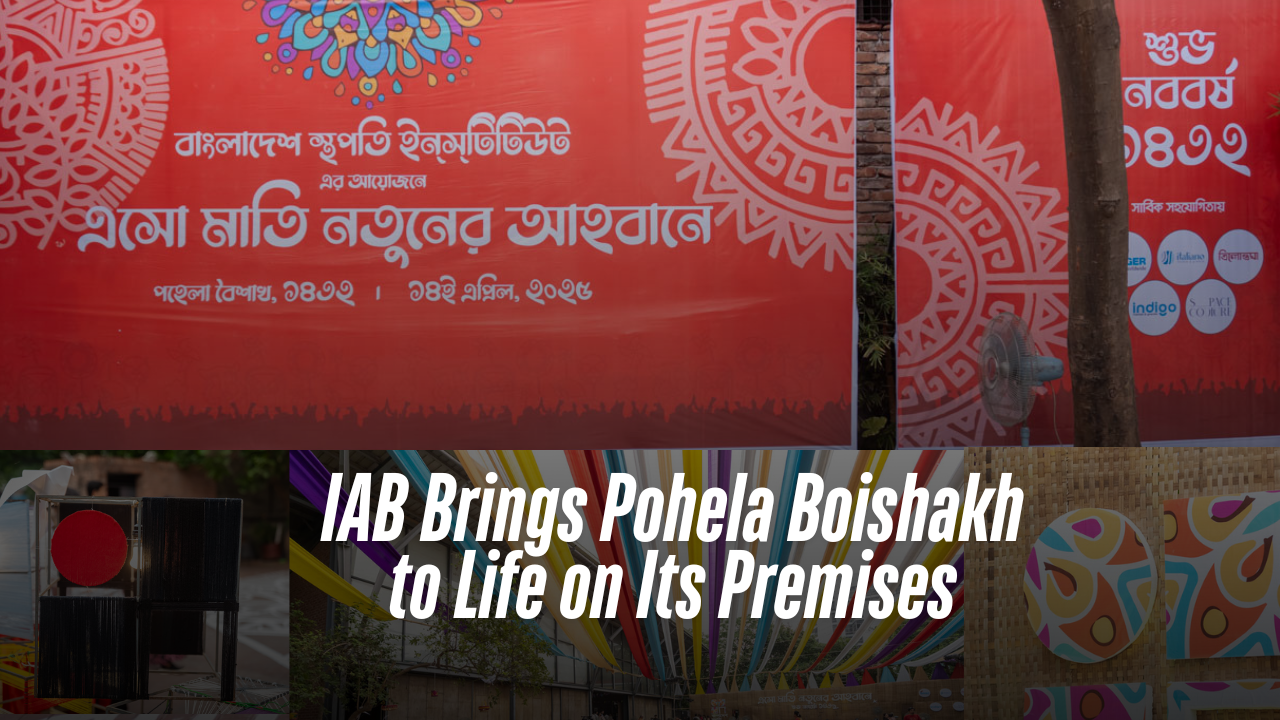




 Total views : 18558
Total views : 18558